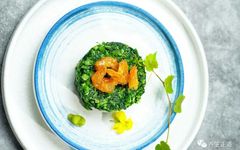Introduction
The damp-heat constitution is characterized by the invasion of damp-heat pathogens, which, if not eliminated for a long time, can lead to spleen deficiency and phlegm-damp accumulation. This results in dampness transforming into heat, with damp-heat intermingling as the primary pathological feature. Individuals with a damp-heat constitution typically exhibit symptoms such as heaviness in the limbs, mild thirst without excessive drinking, a red tongue with a yellow greasy coating, and a rapid pulse. Specific manifestations vary depending on the location of damp-heat: on the skin, it may present as eczema or furuncles; in the joints and tendons, it may cause localized swelling and pain; in the spleen and stomach, symptoms may include abdominal fullness, nausea, loss of appetite, loose stools, short and dark urine, and a slippery and rapid pulse; in the liver and gallbladder, one may experience distension and pain in the liver area, bitter taste in the mouth, poor appetite, or jaundice; in the bladder, symptoms may include frequent and urgent urination, painful and scanty urine, and yellow turbid urine; in the large intestine, it may lead to abdominal pain and diarrhea, even with tenesmus and the passage of pus and blood in stools, along with a burning sensation in the anus. Such individuals should eat smaller, more frequent meals, favoring a light diet while avoiding rich, spicy, and overly moist foods.
Dietary Management for Damp-Heat Constitution
Individuals with a damp-heat constitution should consume foods that clear heat and resolve dampness, are sweet and cool, or sweet and neutral.
Dietary Principles
1. Choose foods that are primarily bitter and bland, as bitterness clears heat and blandness drains dampness, such as Coix seed (Yìyǐrén), adzuki beans (Hóngdòu), amaranth (Xiàncài), and loofah (Húlu).
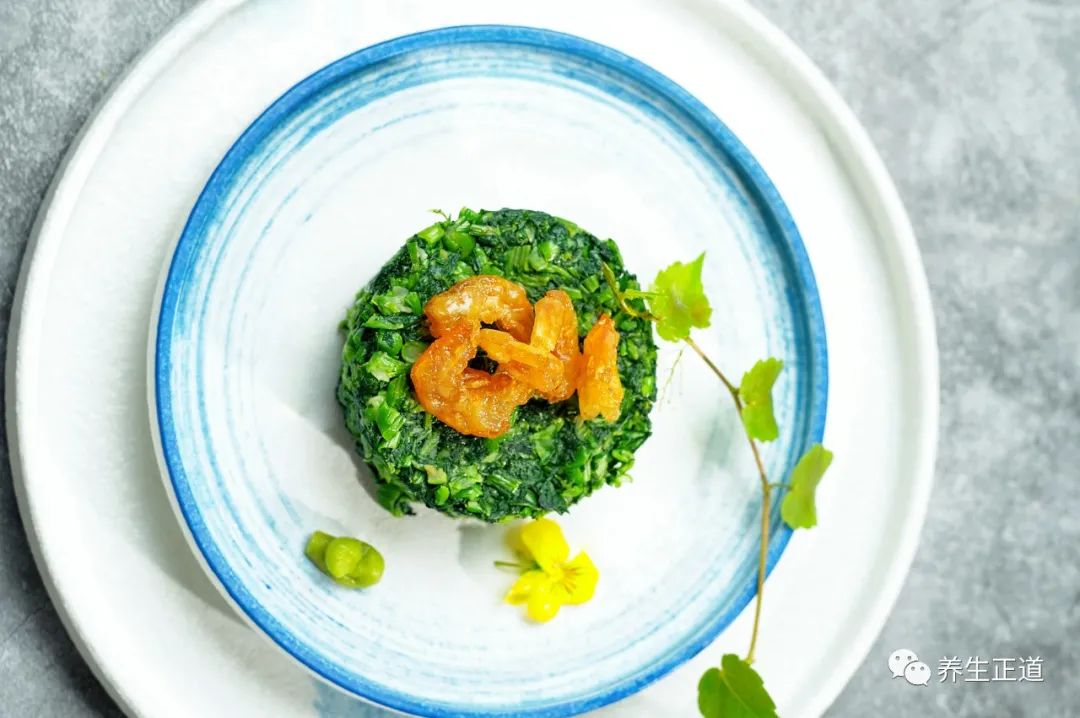
2. Eat until 70% full, favoring light and easily digestible foods, while maintaining a slight sense of hunger.
3. Limit seafood and foods that can provoke dampness, such as sea fish, shrimp, mushrooms, and goose meat.
4. Avoid rich, fatty, spicy, and aromatic foods, such as fatty meat, ginger, garlic, and scallions.
Food Selection
Recommended foods for individuals with a damp-heat constitution include: Coix seed (Yìyǐrén), adzuki beans (Hóngdòu), mung beans (Lǜdòu), corn (Yùmǐ), buckwheat (Qiaomai), millet (Gāoliang), Chinese toon (Qīngchūn), radish (Láobō), Chinese cabbage (Báicài), mustard greens (Jiècài), celery (Qíncài), winter melon (Dōngguā), prickly amaranth (Cìxiàncài), purslane (Mǎchìxiàn), loofah (Húlu), dandelion (Púgōngyīng), fish mint (Yúxīngcǎo), water chestnut (Cígū), quail meat (Qīngyā), sturgeon (Xúnyú), field snail (Tiánluó), river snail (Luósī), watermelon (Xīguā), bitter melon (Kǔguā), lemon (Nìngméng), coconut water (Yēzhī), and green tea (Lǜchá).
 Recipe Compilation
Recipe Compilation
1. Coix Seed and Adzuki Bean Porridge
Ingredients: Coix seed (Yìyǐrén) 150g, adzuki beans (Hóngdòu) 100g, japonica rice (Jīngmǐ) 200g.
Method: Wash all ingredients and place them in a pot with water. Simmer on low heat for about 2 hours until soft.
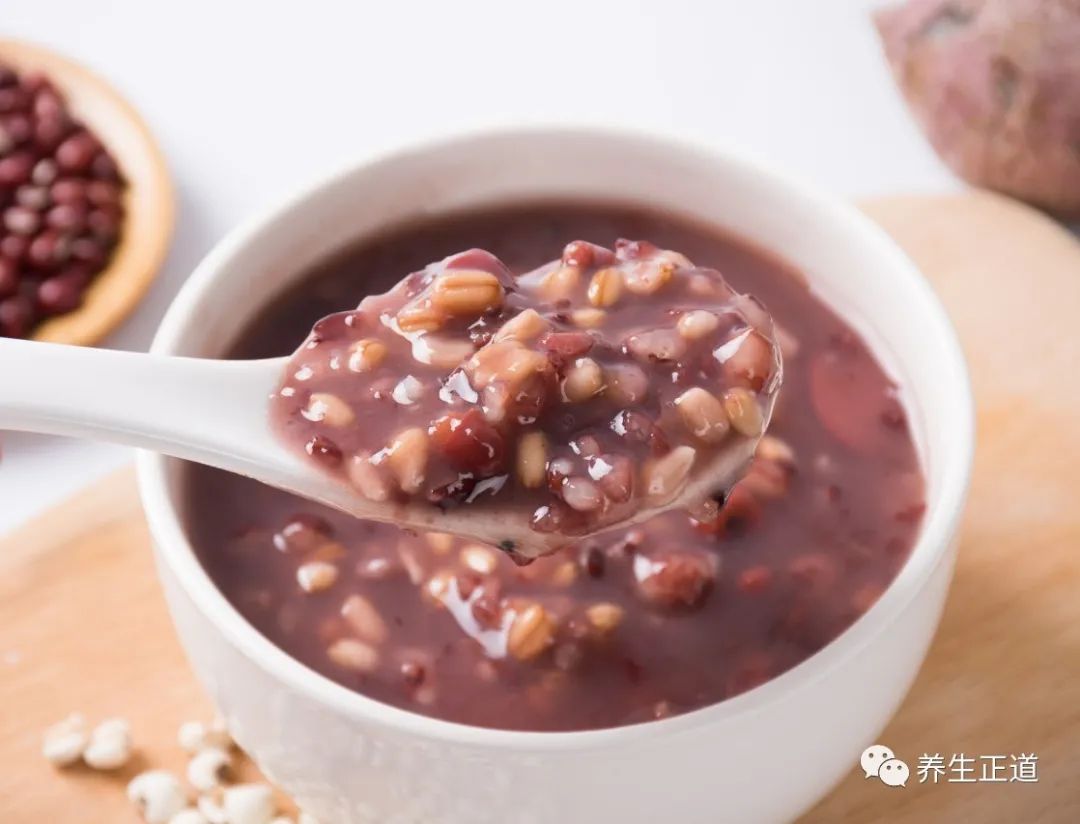
Effects: Strengthens the spleen, nourishes the lungs, clears heat and resolves dampness, aids in weight loss, and brightens the skin. Suitable for those with damp-heat constitution, phlegm-damp constitution, and qi deficiency constitution; can be consumed by the general population.
2. Buckwheat Steamed Dumplings
Ingredients: Buckwheat flour (Qiáomài) 300g, beef (preferably lean with a small amount of fat) 450g, water chestnut (Bǐlì) 200g, scallions, salt, white sugar, soy sauce, pepper, and vegetable oil to taste.
Method: Mix buckwheat flour, salt, and half hot water and half cold water to form a dough. Divide into small pieces and roll into dumpling skins. Mince the beef, chop the water chestnut and scallions into small pieces, mix with the beef along with seasonings (sugar, soy sauce, pepper, vegetable oil) until sticky, then fill the dumpling skins with the meat mixture, seal, and place in a greased steamer. Steam over high heat for 8 minutes until cooked.
Effects: Lowers blood lipids, protects vision, softens blood vessels, and lowers blood sugar. Suitable for those with damp-heat constitution, phlegm-damp constitution, blood stasis constitution; can be consumed by the general population.
3. Braised Winter Melon
Ingredients: Winter melon (Dōngguā) 300g, salt, soy sauce, oyster sauce, chicken essence, chopped scallions, and white sugar to taste.
Method: Peel and seed the winter melon, score the surface, and cut into cubes. Heat oil in a pan, add winter melon cubes and fry until slightly golden on all sides, then push to the side of the pan. Add a little white sugar to the center, caramelize, then mix with the winter melon cubes. Add salt and soy sauce to evenly color the melon, add a small bowl of water, stir, cover, and simmer until cooked. Finally, add oyster sauce, chicken essence, and a little white sugar, stir to reduce the sauce, and sprinkle with chopped scallions before serving.
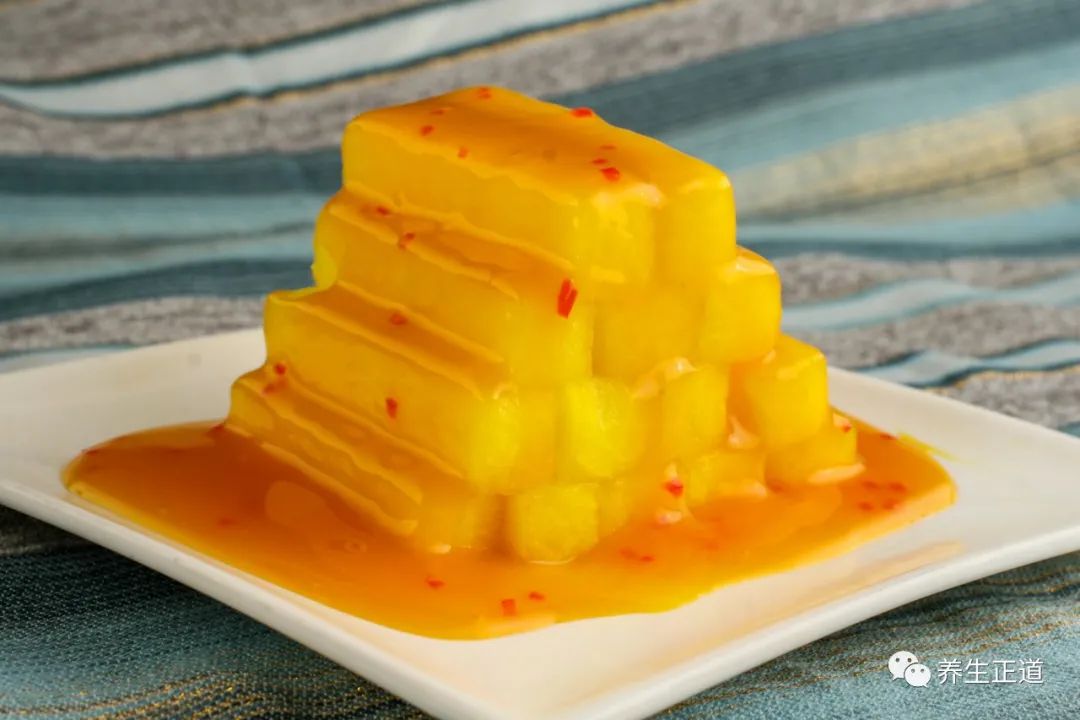
Effects: Clears heat and detoxifies, resolves dampness and phlegm, alleviates thirst, and relieves summer heat. Suitable for those with damp-heat constitution, phlegm-damp constitution; can be consumed by the general population.
4. Orchid Spring Bamboo Shoots
Ingredients: 24 tips of spring bamboo shoots, 15g minced ham, 50g green pepper, 1 egg white, shrimp paste, fish paste, salt, and oil to taste.
Method: Mix shrimp paste and fish paste with egg white, stirring in one direction to form a filling. Cut the bamboo shoot tips into a cross shape, rinse in cold water, and steam until cooked. Form 24 small balls of filling and place them in the center of the bamboo shoots, sprinkle with minced ham; blanch green pepper strips and arrange around the dish, thicken the sauce, and serve.
Effects: Clears damp-heat and stimulates appetite. Suitable for those with damp-heat constitution, phlegm-damp constitution; can be consumed by the general population.

Featured Book
“Health Strategies – Constitution and Diet“
“Food is the heaven for the people.” The heavens have their yin and yang, rain and snow, and the people have their distinctions of gender, size, and shape. What determines what one should eat or not eat is solely one’s constitution. Understanding what one should eat is equally important as knowing what one should avoid. This book emphasizes the integration of food properties and flavors with individual constitution.
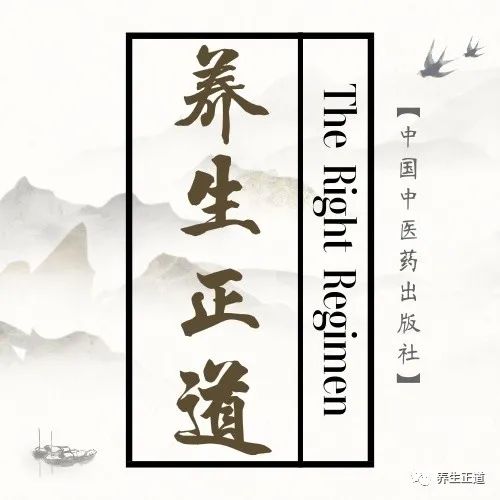
Path to Health Preservation
Copyright Statement
This article is excerpted from “Health Strategies – Constitution and Diet”,compiled by Sun Hongwei, published by China Traditional Chinese Medicine Press, copyright belongs to the relevant rights holders.All images are copyrighted; please do not steal.
For commercial cooperation or submissions: [email protected]
 Click “Read the Original” to view the e-book
Click “Read the Original” to view the e-book

